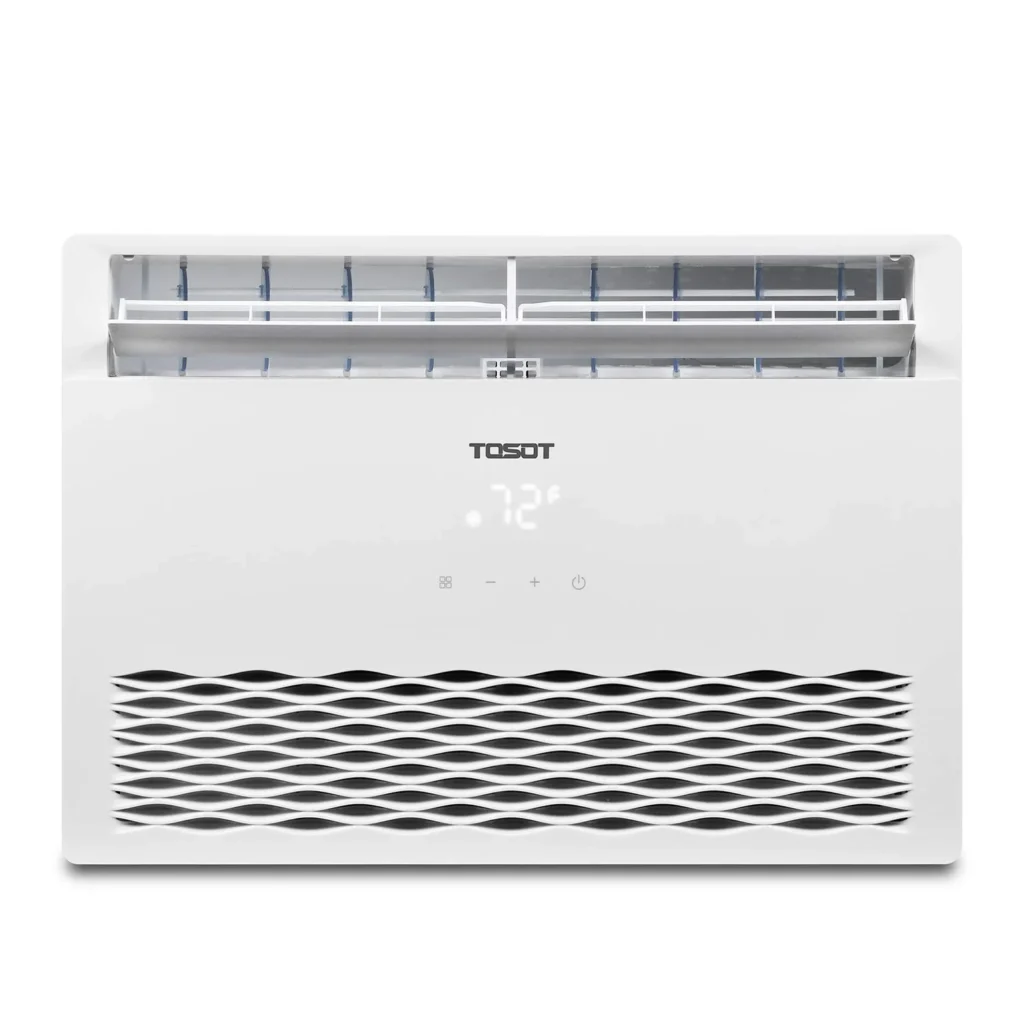AC Cooling Tips
If you’re experiencing AC problems, you’ve probably noticed that the temperature inside of your house is never quite cool enough. This is likely because you have too much heat coming into your home from the outside, and your AC is struggling to circulate enough cool air. There are several things you can do to combat this problem. Ensure that you have an insulated furnace and duct system. If you’ve been living in a hot climate, you should also consider installing a window AC.

An AC that can operate at high efficiency will reduce energy costs and save money on your utility bill. The only downside to high efficiency is increased space requirements and costs. However, you’ll receive a high ROI on energy savings if you invest in a more energy-efficient model. In fact, the highest-efficiency models are known to achieve a 25-SEER efficiency rating. In addition to reducing your monthly bills, high-efficiency models can increase your comfort and save money on your monthly bills.
An air conditioner should be set at the lowest temperature you can tolerate. This is important because a poorly-insulated building will never be able to cool down. The duct system should also be maintained properly to prevent cold air from entering unoccupied spaces. Furthermore, the filters should be replaced regularly to prevent dirt and debris from blocking airflow. If the indoor temperature is over 80 degrees Fahrenheit, the AC should be turned down to 80 degrees F.
If you’re experiencing AC cooling problems, you should first check your thermostat to see if it’s set to cool. If you find that it isn’t, you’ve probably had a tripped circuit. In this case, try resetting the switch to get power to the AC. You may also want to check your circuit breaker box for tripped circuits. If you’ve already checked these, you’ll want to make sure you’ve replaced the batteries in your thermostat.
When you’re choosing an AC cooling system, it’s important to check the refrigerant level. Refrigerant levels are a key part of AC cooling. An AC with low refrigerant levels can’t provide the necessary cooling. A good air conditioner should be able to cool the interior of a home to 70 degrees. But if the outside temperature is much higher, you should have a professional check the thermostat.
If the air filter is not clean, the system will be unable to cool your home. Another common problem is low refrigerant. This is another common problem. Unlike a normal thermostat, your air conditioner doesn’t work at the same temperature as it should. The refrigerant in your air conditioning system will absorb the heat in your home and carry it outside. If you’re unsure of what to check for, consult a professional.
The refrigerant level in your AC is a common problem with air conditioning. It is vital to have the correct level of refrigerant in your system. If your AC is not working properly, it could be due to contamination. If the refrigerant level is too high, your AC will not cool the room. You can fix this problem by adjusting the thermostat to a higher temperature. If the pressure is too low, the system won’t be able to cool your home.
The size of your AC is one of the most critical factors when it comes to air conditioning. If it’s too large, the system will have to work overtime to cool the house. A good AC unit should be sized appropriately for the area in which it’s needed. If you’re not sure what you need, consult a professional to determine which type of AC will best suit your needs. It should also be able to cool at least 400 square feet and can function as a dehumidifier.
The thermostat is the most important component of your AC system. It regulates the temperature by detecting changes in the temperature of the surrounding air. If it’s too cold, the thermostat may have to be adjusted accordingly. A window AC is the best option if you’re looking for an easy way to cool a small area. If you’re looking for greater cooling capacity, a split-AC is the way to go. If your AC has a low capacity, you should consider a split-AC.
